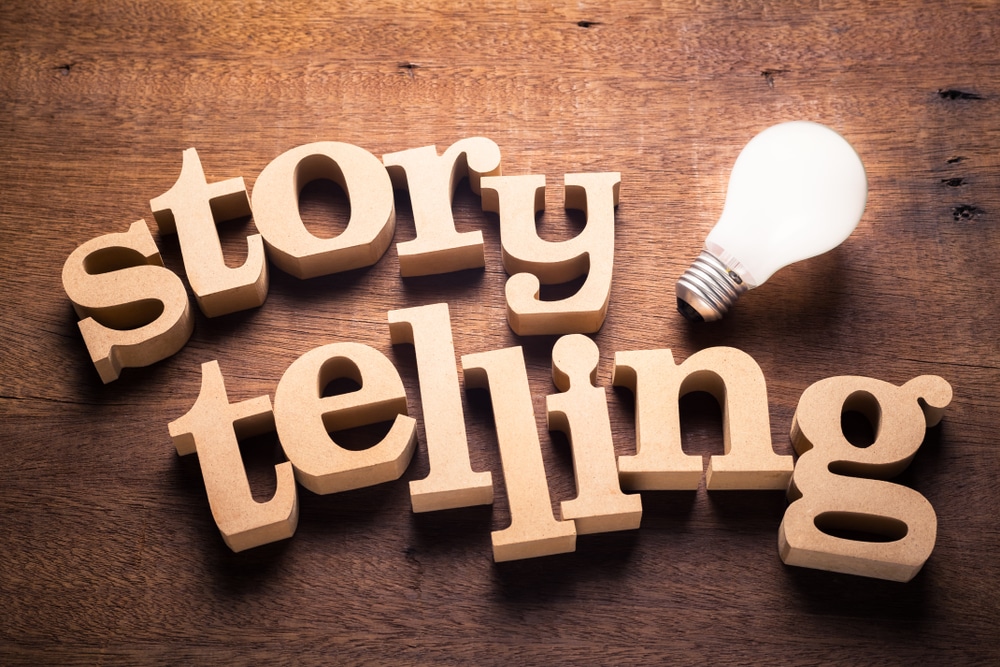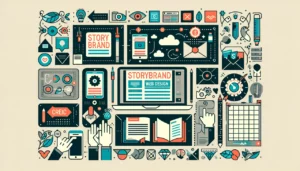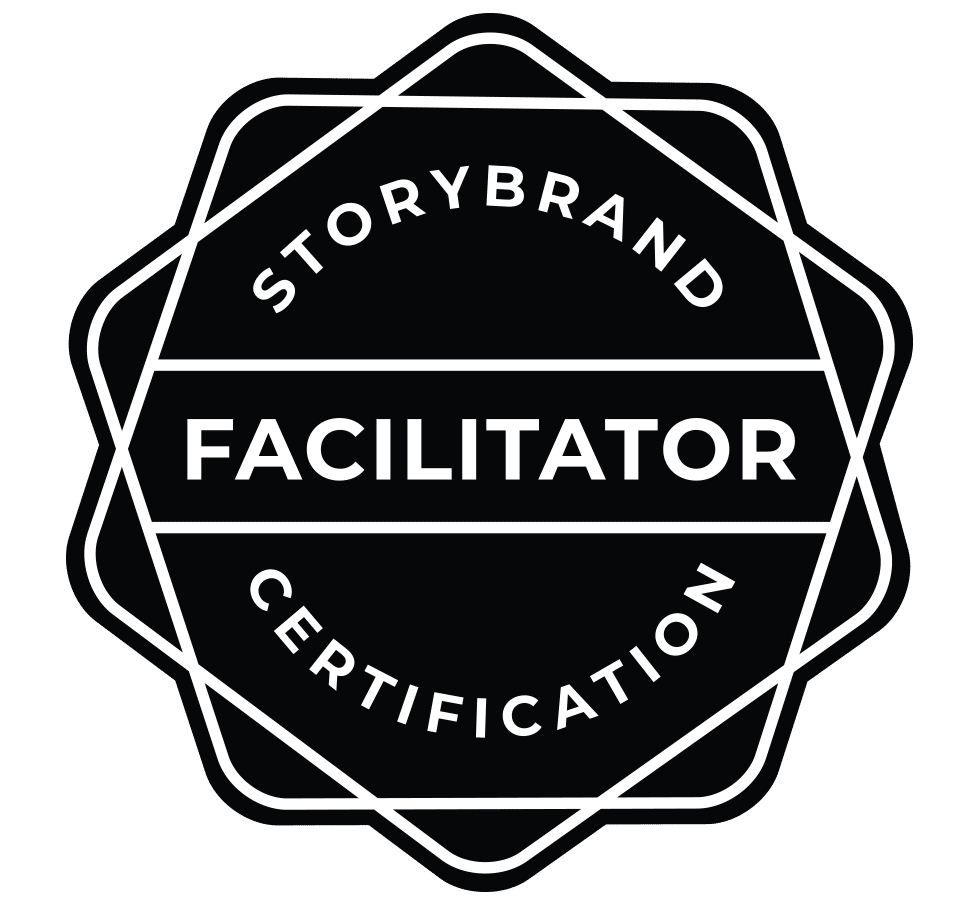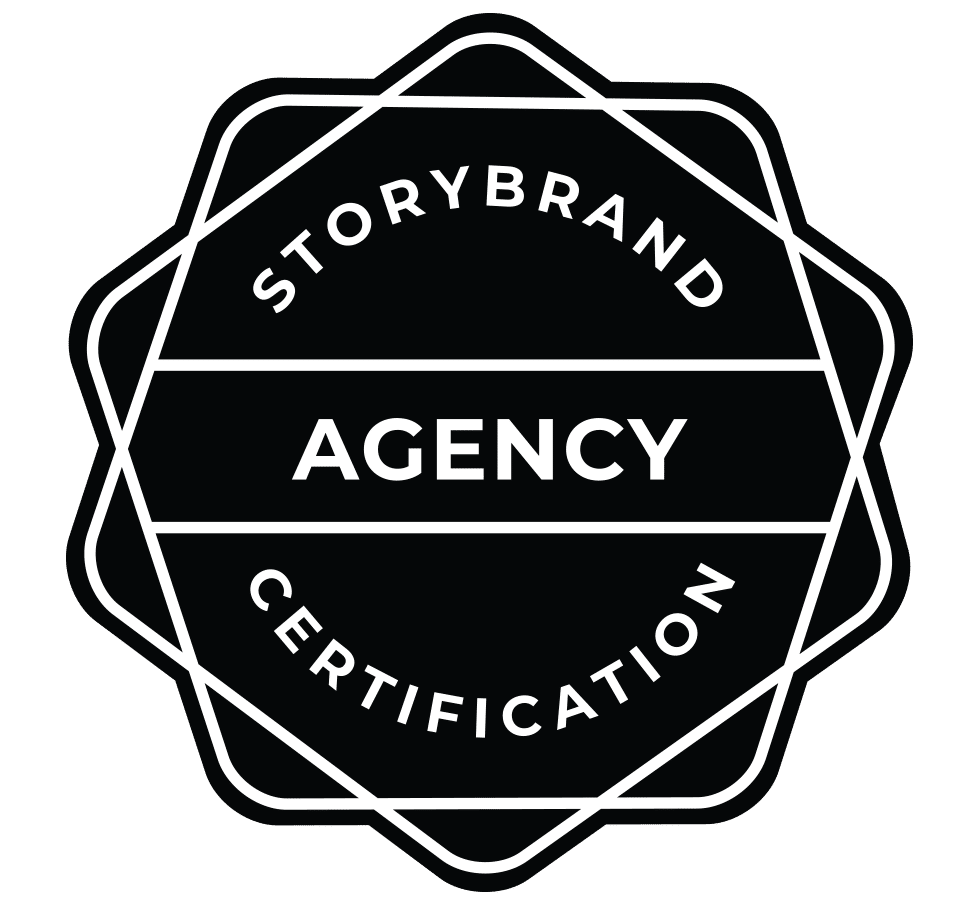How to Understand StoryBrand Marketing
Features, benefits, facts, data – your marketing strategy can contain all of these elements, but without a story driving them, are you sure that you’ll reach the right customers you want to connect with and inspire them to take further action?
For example, the Walt Disney Corporation reigns as the undisputed leading brand in media production. They utilize just about every marketing channel available, traditional and digital. From entire theme parks to Disney + ads that you’ll encounter on social media, they have the resources to promote their products at their disposal, but that’s not what makes them successful.
It’s their stories. Over the past century, they’ve consistently developed masterfully crafted stories that everyone recognizes and references in popular culture. In the past few decades, they also acquired other major storytelling powerhouses like Marvel and Star Wars.
How does this apply to your business, though?
Whether you’re running a global media empire or a small storefront in your hometown, any and every brand has a story to offer to its ideal customers.
Donald Miller, the author of Building a StoryBrand, developed a seven-step framework for you to tell your story and resonate with your audience based on the same principles that drive the most successful media properties around the world.
To help you build a clear message for your own customers, we’ll be breaking down each step of the StoryBrand Messaging Framework. First, let’s start with the most important character in the narrative: your customer.
1: The Character
Great stories involve great characters. Who is the person that we have an emotional stake in when reading or watching a story unfold? Who are we rooting for to win in the end?
Rather than your own brand, your customer is the central character in your message. They have a problem, need, or concern and are turning to your business’s products or services to assist them.
Simply put: customers want to feel like your brand cares about them. When you put them at the heart of your marketing strategy, you can build dynamic and impactful messaging that connects with them and motivates them.
2: Has a Problem
Stories cannot be told without conflict. The plot moves as the character faces a challenge and strives to overcome obstacles towards reaching their desired outcome.
What are the specific issues that your customers encounter in their personal or professional lives? Are they a homeowner that needs a new roof? A business leader that needs better software to streamline their operations?
See the customer’s life through their eyes. Try to imagine what their needs are, how it affects their daily routine, and why they need something better.
3: Meets a Guide
If the customer could resolve their problem on their own, they would have no need to seek out your product or service. No one can do everything, though. Someone who spent most of their young adult life in medical school likely did not take the time to learn how to replace their home’s roof, and that’s perfectly understandable.
For that same hypothetical doctor who never mastered the roofing trade, they will need to seek the assistance of a professional roofer to assist them to replace the one on their home. In this case, the contractor is the guide.
The guide is someone who has the knowledge, expertise, skills, or product to provide the solution to the customer’s problem. At this point, they encounter your brand and the benefits you can offer to them.
4: Gives Them a Plan
The character learns how to overcome their challenges through the guide, who gives them a plan to implement as well as any physical resources they might need. Using Star Wars as an example, if Obi-Wan Kenobi did not give Luke a lightsaber and if Han Solo did not have a starship, he could not have saved Princess Leia.
In your marketing messaging, your brand is the guide, and your customer is the character. You provide them with a solution that betters their life by solving a common problem, improving upon an existing way of living, or giving them an answer that they need.
Here, the customer believes their goal is achievable, or their needs can be met. Now, they’re aware your solution exists and that it could help them.
5: Calls Them to Action
Once the character has the plan, they have to enact it. With works of fiction, the plan could be to save the world or rescue a loved one. For customers, the plan involves purchasing your product or service to overcome obstacles in their lives.
How can your customer further interact with your business to obtain what they need? For example, they could visit your website to purchase a product, call your business for a service estimate, or visit your physical location.
As the guide, provide them with the direction that your customer needs to access the plan that you can give them.
6: That Results in Success
If the character follows the plan and takes action, they can accomplish their goal. Similarly, if your customer decides to purchase your product or service, they can receive the benefit that they’re looking for.
In storytelling, the stakes of the central conflict provide the character with an incentive to continue. They want to obtain a desired outcome, know what it looks like, and that they’re following a path to make it a reality.
7: (or Failure)
Conversely, if the plan goes ignored or the actions are neglected, the character does not arrive at their intended outcome. They may never leave where they started, or their situation could become even less favorable.
Highlight to your customers how a problem could worsen if they ignore the solution that you provide. If the doctor does not repair his damaged roof, it could lead to his home experiencing worse and costlier issues in the future. Had Luke Skywalker tried to rescue Leia without a lightsaber or starship, he likely would have arrived too late.
Pointing out the failure that could result from not following the plan and taking action gives the character (your customer) a choice. They can improve their situation and achieve success through your business, or they could choose not to and deal with the problem they’re facing for longer.
Build a StoryBrand Messaging Framework-Driven Campaign for Your Business
As a StoryBrand-certified Guide, Facilitator, and Agency, our team at Business Builders partners with businesses like yours to deliver impactful messages that resonate with your customers in the moment and inspire them to take action. We can do the same for your brand.
To learn more about launching a StoryBrand-driven campaign and the difference it can make for your marketing strategy, schedule a call with us today.









